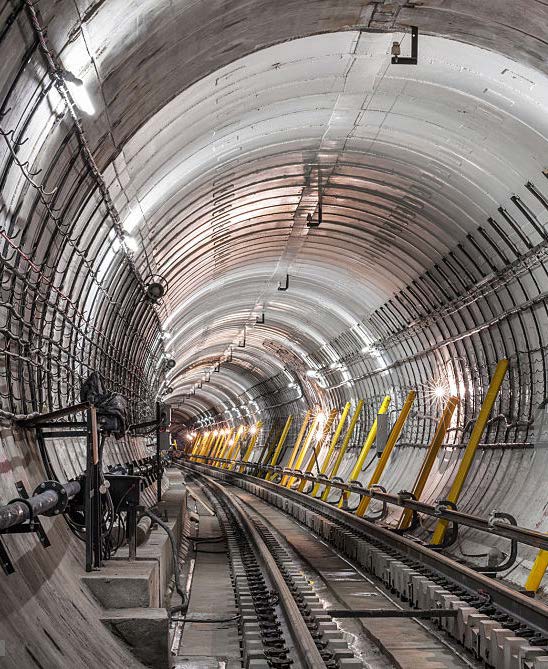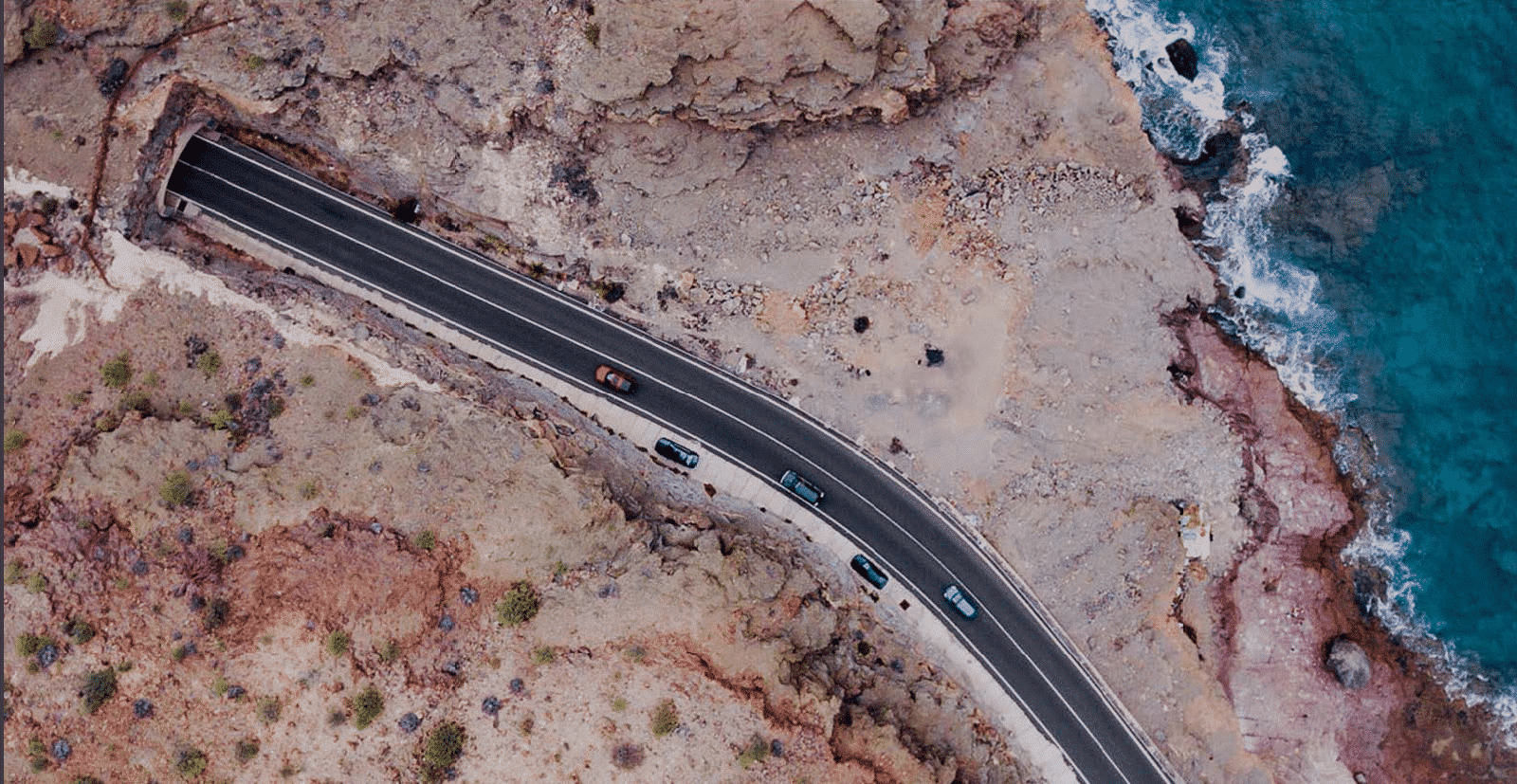Though skyscrapers will continue their race to the clouds, designers and engineers are increasingly looking at what they can do with the space beneath our feet.
Just like investments, it turns out that future city development can go down as well as up.
At the end of the 19th century, architects coined a new term for buildings ascending the impossible heights of 10 whole storeys. They called them ‘skyscrapers’.
For decades, upwards became the most alluring direction of travel or cities, ultimately giving us the 829.8 metre high Burj Khalifa in Dubai. But what if the city of the future was to go down instead of up?
Though skyscrapers will continue their race to the clouds (the Jeddah Tower aims to hit a staggering 1km when it opens in 2020) designers and engineers are increasingly looking at what they can do with the space beneath our feet. Not so much for homes or offices, but primarily for the infrastructure that supports them. There’s a growing movement to bury transport, utilities, warehousing, storage and more below ground level to free up valuable surface space.
Who owns the ground beneath our feet?
As cities increasingly grow down rather than up, it begs the question, who owns the depths? The UK’s Guardian newspaper recently researched this subject (driven by Londoners’ obsession for extending their basements) and pointed out that historic law is a long way from present practice. Traditionally – and this 13th century maxim is held as the genesis of property law – whoever owned the land had title “up to the heavens
and down to the depths of hell”.
Most people probably still harbour the belief that the land below their house is theirs all the way to the earth’s core. Quite what they’d do with it is hard to imagine, though the Guardian recorded that in the last decade, 4,600 London homeowners had received planning permission to develop their basements for anything from swimming pools to an artificial beach…
However, in truth legal limits now vary hugely from country to country, even city to city.
For some time, it’s been customary for authorities to set their own restrictions. For example, in Australia, land titles prior to 1891 went to the centre of the earth, but after 1891 they were limited to 50 feet – around 15 metres. Unfortunately, that was still just deep enough to upset the Melbourne Metro. The Australian government recently had to compulsorily acquire the land beneath 260 properties, so the metro’s tunnel could run closer to the surface than that 15-metre limit.

Arup recently produced a benchmarking study seeking out best practice in underground development. The engineering company has been closely involved with Singapore’s ambition to lead the world in underground urbanisation.
The ten benchmarked locations (Montreal, London, The Netherlands, Helsinki, Beijing, Shanghai, Honk Kong, Seoul, Taipei and Tokyo) identified three drivers for future cities to explore their basement resource.
Topology and geography. For example, in hilly regions such as China, delving into the steep terrain makes more sense than going over or around it.
Climate. Extremely cold winters have seen the likes of Helsinki and Montreal move increasingly underground to save energy and limit uncomfortable and inconvenient travel.
Land shortage. In cities such as Tokyo, Hong Kong and Shanghai, where nearly every square metre already hosts a soaring building, going down is often the only way to generate more centralised space.
Most commonly, underground developments were used for:
- Rail infrastructure. Seoul wins with more than 400km of rail below ground.
- Roads. 15% of Tokyo’s urban expressways are below ground, reducing air pollution and helping to remove barriers between neighbourhoods.
- Underground pedestrian networks
- Utility tunnels. Taipei has 50km of utility tunnels and some 300km of smaller ducts, which means maintenance can be carried out without digging up roads, so reducing traffic congestion and therefore pollution.
- And caverns. Not available to every city, though Hong Kong uses theirs for waste transfer and treatment, and Helsinki boasts the world’s most extensive use of rock caverns, turning them into commercial space, car parks, data centres and more. In fact, it was Helsinki that developed the world’s first ‘Underground Master Plan’ to describe how it would extend and employ its subterranean resource in the future.





